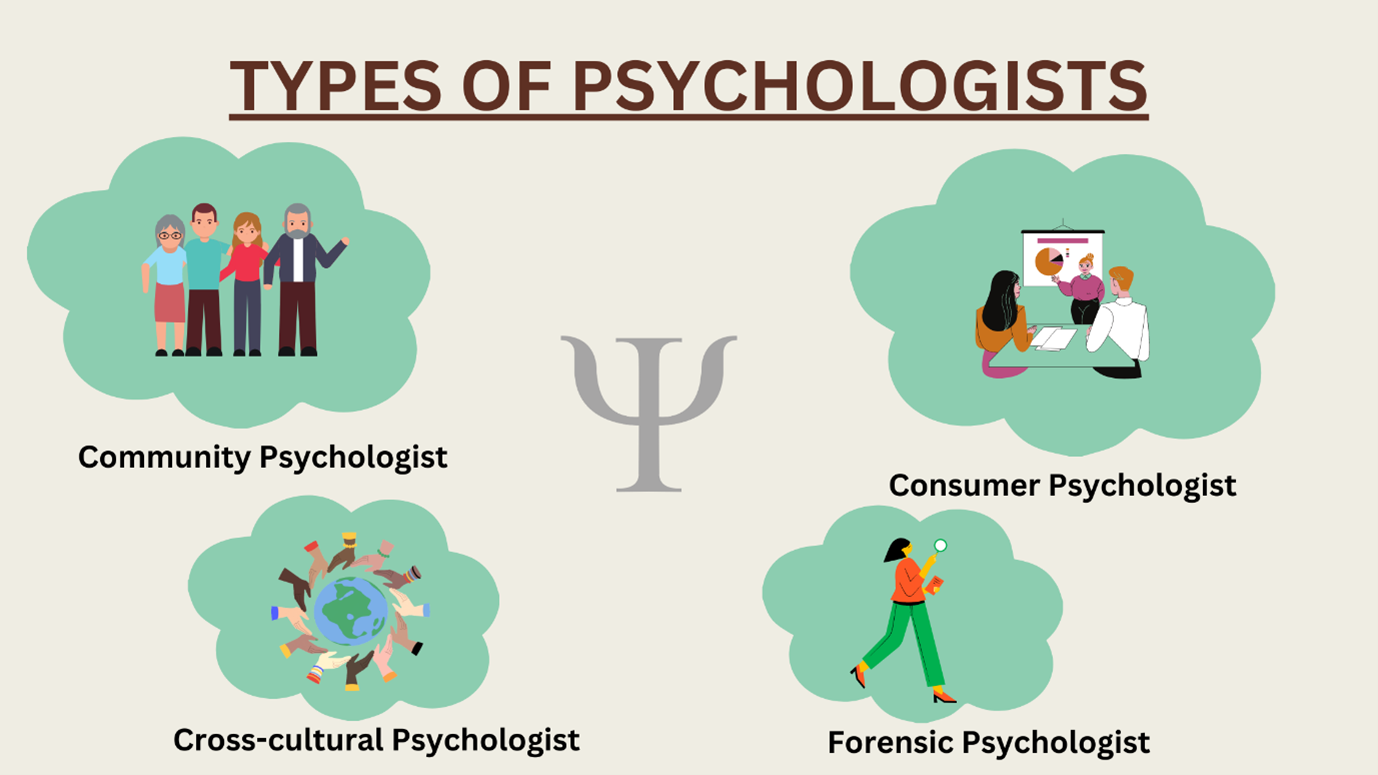Your Path to Recovery: Insights from the Best Psychologist in Delhi
Your Path to Recovery: Insights from the Best Psychologist in Delhi
Blog Article
Psych Therapy: A Comprehensive Guide to Methods and End Results

Cognitive-Behavioral Therapy
Cognitive-Behavioral Therapy (CBT) is a widely used psychotherapeutic method that concentrates on identifying and changing inefficient reasoning and habits patterns. Developed in the 1960s by Aaron T. Beck, CBT combines cognitive and behavior theories to deal with various psychological health concerns, including clinical depression, stress and anxiety, and stress-related problems.
Strategies such as cognitive restructuring, exposure therapy, and skill-building workouts are commonly utilized. Cognitive restructuring entails tough and altering adverse thought patterns, while direct exposure therapy aims to decrease anxiety and anxiousness through progressive direct exposure to been afraid things or situations.
Evidence-based research study sustains the efficacy of CBT for a vast array of psychological disorders - Best Psychologist in Delhi. Its emphasis on ability purchase and self-help techniques empowers customers to continue progress individually after treatment concludes. The flexibility and effectiveness of CBT have actually made it a foundation in modern psychotherapeutic practice
Psychodynamic Methods
Rooted in the very early concepts of Sigmund Freud, psychodynamic techniques focus on exploring the subconscious mind and its impact on behavior and feelings. These approaches intend to discover covert ideas and feelings that may be driving maladaptive actions and mental distress. Central to this technique is the idea of inner problem, typically coming from unresolved previous experiences, especially those from childhood.
Therapists utilizing psychodynamic strategies use several essential techniques, including free organization, where clients are encouraged to talk openly to disclose unconscious product, and dream analysis, which translates the unexposed material of dreams. Additionally, the exploration of transference and countertransference dynamics within the restorative partnership is critical. These communications can provide understandings right into the person's internal world and relational patterns.
Psychodynamic treatment is commonly longer-term compared to other techniques, using a deep and thorough understanding of the individual's psyche. Research indicates that it can be especially efficient for complicated mental wellness problems, such as character disorders and persistent clinical depression. By promoting self-awareness and psychological insight, psychodynamic therapy seeks to bring subconscious material to awareness, allowing people to attain purposeful and enduring adjustment in their lives.
Humanistic Strategies
Structure on the foundations laid by psychodynamic methods, humanistic methods use a distinctive perspective concentrated on individual possible and self-actualization. Coming from the mid-20th century, these techniques focus on the inherent benefits and development capacity of people, stressing a holistic view of human experience. Key figures such as Carl Rogers and Abraham Maslow have dramatically affected this healing technique, which includes methods like client-centered therapy and Gestalt treatment.
Client-centered treatment, established by Rogers, plays a pivotal duty in humanistic methods. It counts on the specialist blog providing a setting of unconditional favorable regard, compassion, and harmony. This promotes a risk-free space for customers to discover their sensations and experiences without judgment, promoting self-discovery and individual development. The therapist's duty is more of a facilitator than an authority, encouraging customers to harness their internal resources for recovery.
Gestalt treatment, another important humanistic strategy, emphasizes existing minute recognition and the combination of body and mind. By focusing on the "here and currently," customers get higher understanding right into their existing feelings and actions. Methods such as role-playing and led visualization are commonly employed to aid customers obtain a much deeper understanding of themselves, ultimately bring about enhanced self-awareness and fulfillment.
Integrative Treatments
Integrative therapies represent a synthesis of numerous healing strategies tailored to fulfill the distinct demands of each client. This approach recognizes the intricacy of human psychology and the diverse nature of mental health and wellness concerns. By integrating components from various colleges of psychiatric therapy-- such as cognitive-behavioral therapy (CBT), psychodynamic therapy, and humanistic techniques-- integrative treatments provide a more alternative and adaptable treatment paradigm.
Specialists of integrative treatment analyze each customer's details requirements, signs and symptoms, and personal background to develop a personalized therapy plan. This personalized technique boosts the potential for therapeutic success by resolving the source of emotional distress and advertising overall health. Methods could consist of mindfulness exercises, cognitive restructuring, and psychological processing, each selected to target different facets of the client's concerns.
Additionally, integrative treatments highlight the therapeutic partnership, seeing the client-therapist bond recommended you read as a crucial element of effective therapy. This partnership cultivates a helpful environment where clients really feel safe to discover and resolve their issues. The adaptability of integrative treatments makes them appropriate for a broad variety of problems, including anxiety, clinical depression, injury, and social troubles, consequently raising their applicability and performance in varied scientific settings.

Gauging Therapy Outcomes
Assessing the effectiveness of psychiatric therapy is critical for both customers and medical professionals to make certain that the treatment is yielding the wanted end results. To accomplish this, various techniques and tools are utilized to determine treatment outcomes methodically. Standardized evaluation instruments, such as the Beck Anxiety Stock (BDI) and the Generalized Stress And Anxiety Problem 7 (GAD-7), supply quantitative data on sign intensity and changes over time.
In addition to standard tools, qualitative techniques like client self-reports and medical interviews provide useful insights right into the individual experiences and perceived progress of clients. On a regular basis scheduled examinations, commonly at the start, middle, and end of therapy, aid in tracking the trajectory of improvement or identifying areas needing change.
End result measurement is not limited to signs and symptom reduction; it also includes functional improvements in everyday life, such as much better social partnerships, raised job productivity, and enhanced overall well-being. Modern developments in digital health and wellness have introduced mobile apps and on the internet platforms that help with real-time monitoring and feedback, better fine-tuning the evaluation process.
Inevitably, a thorough strategy to gauging treatment results makes sure that therapeutic interventions work, effective, and customized to fulfill the private needs of clients, therefore optimizing the general healing experience.
Conclusion
Humanistic strategies focus on personal growth and self-actualization, while integrative treatments combine several methods for customized therapy plans. Examining treatment end results via standard evaluations and qualitative approaches ensures a detailed understanding of performance, eventually guiding clients towards withstanding mental health and wellness renovations.
From the structured method of Cognitive-Behavioral Treatment (CBT) to the deep exploration of the unconscious in psychodynamic therapy, each technique brings one-of-a-kind benefits. Its focus on the original source ability procurement and self-help strategies equips customers to proceed development separately after therapy ends (Best Psychologist in Delhi). Trick numbers such as Carl Rogers and Abraham Maslow have substantially affected this healing strategy, which includes techniques like client-centered therapy and Gestalt therapy

Report this page